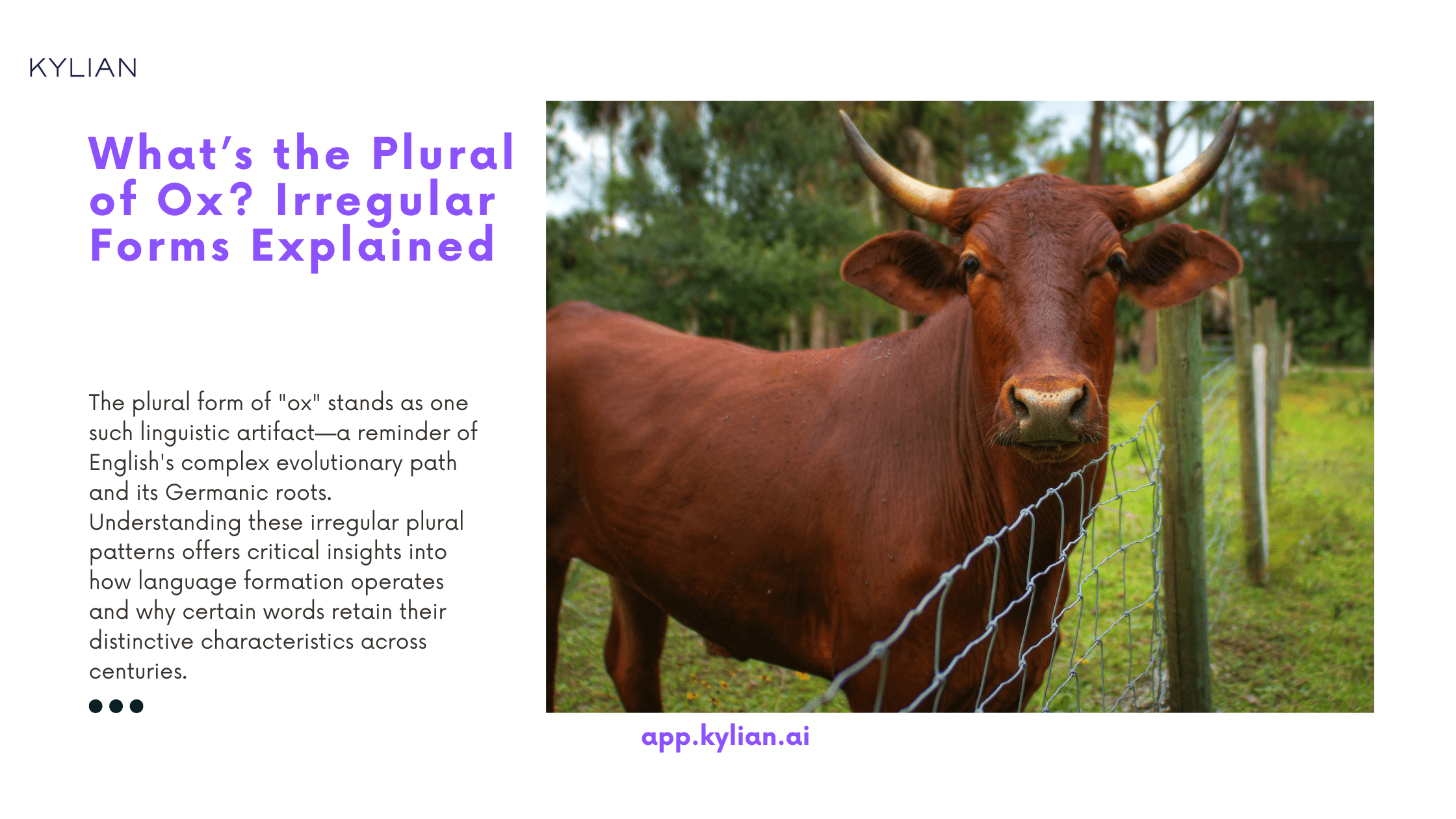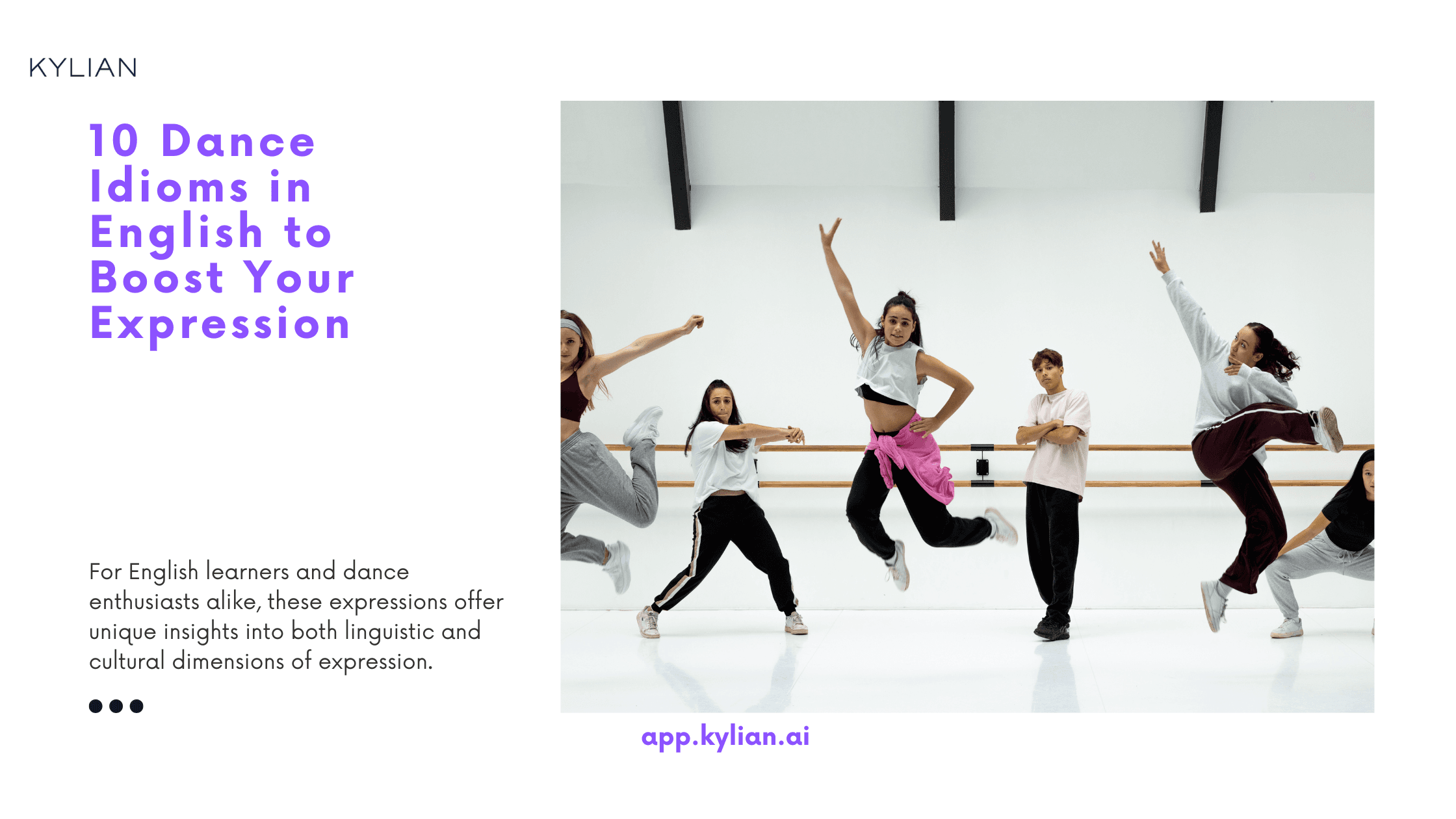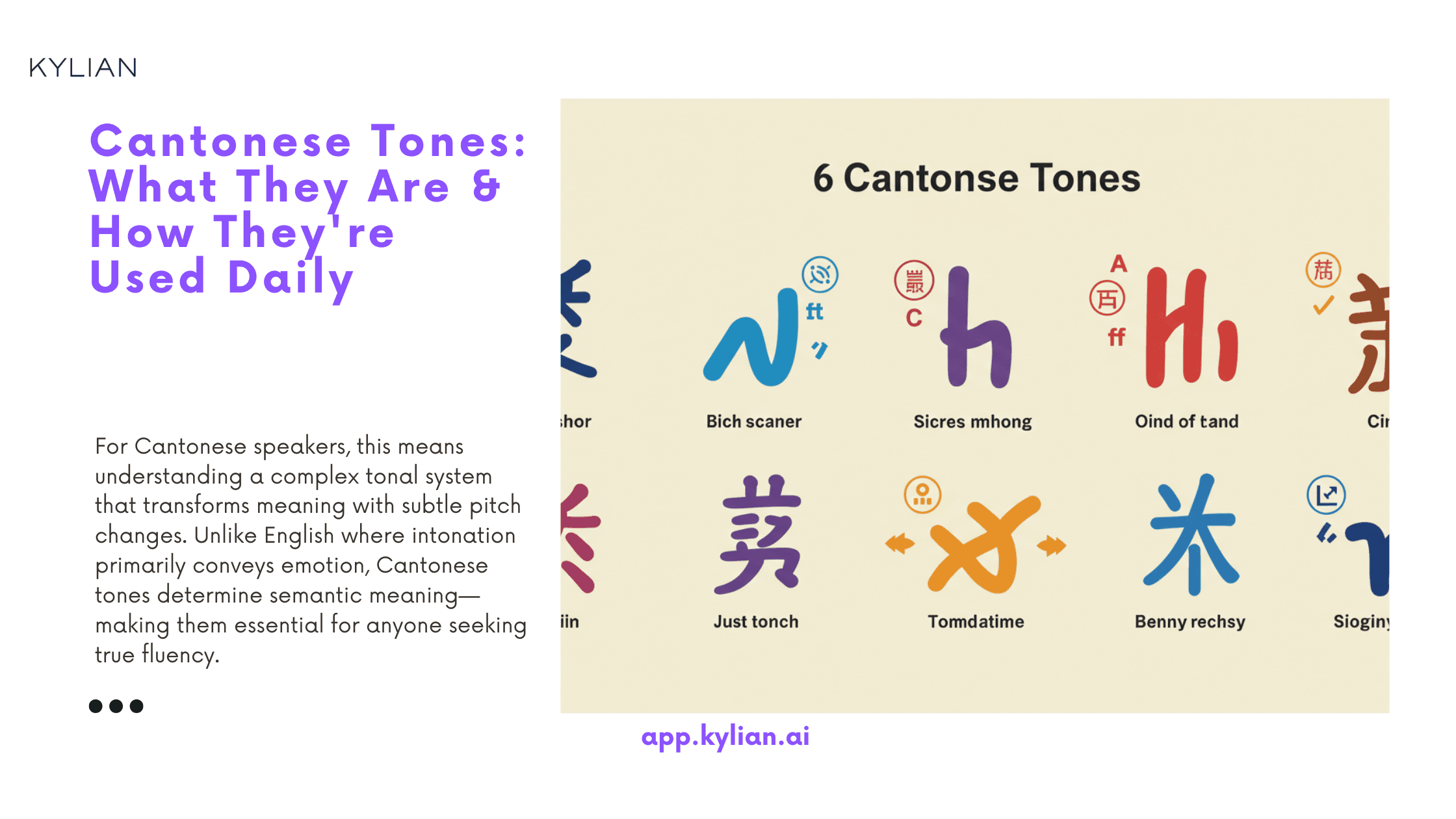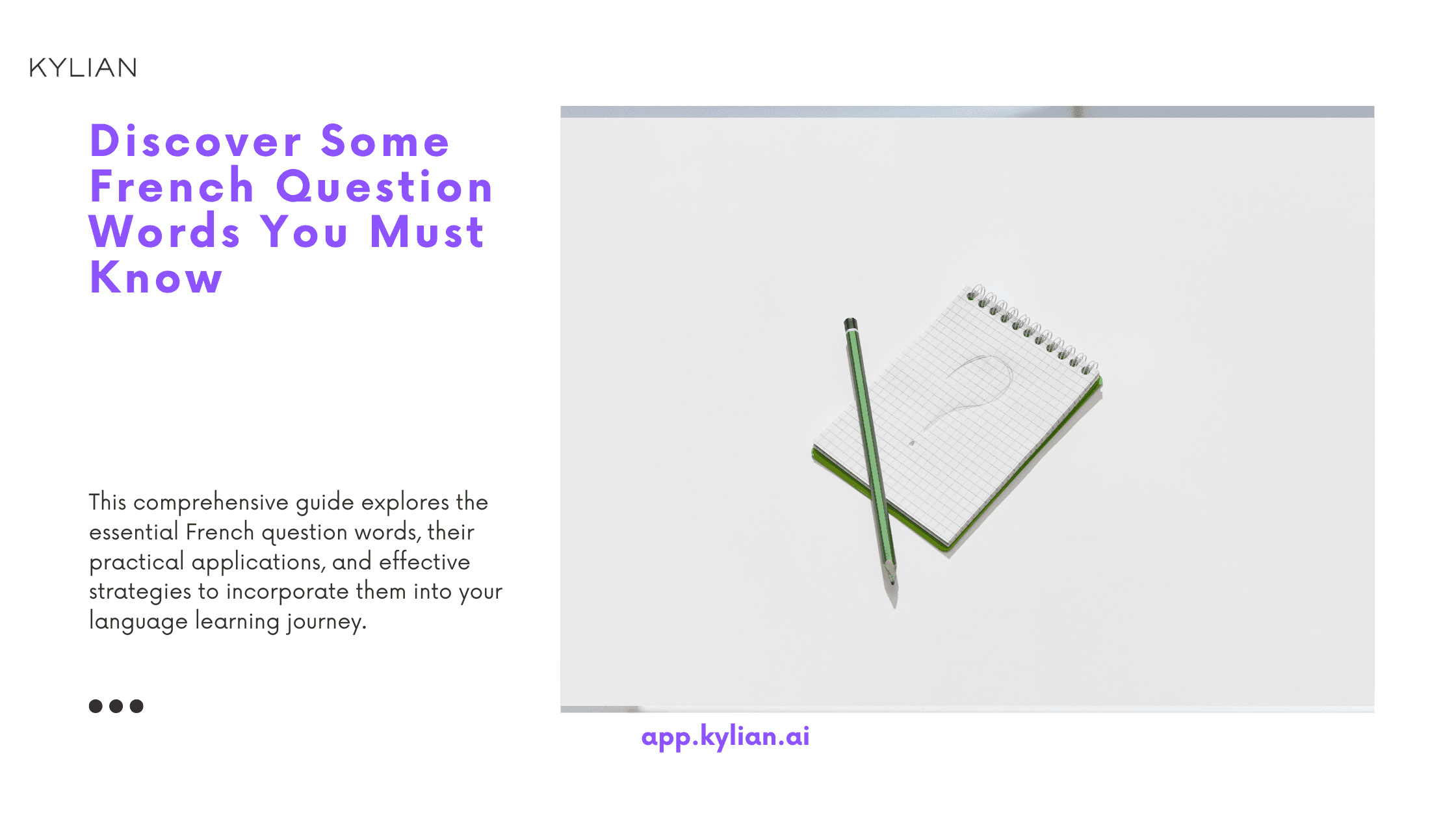

What’s the Plural of Ox? Irregular Forms Explained
Language evolves constantly, carrying with it fragments of historical linguistic patterns that sometimes defy modern conventions. The plural form of "ox" stands as one such linguistic artifact—a reminder of English's complex evolutionary path and its Germanic roots. Understanding these irregular plural patterns offers critical insights into how language formation operates and why certain words retain their distinctive characteristics across centuries.


Past Tense of Arise in English: Comprehensive Guide
Understanding verb tenses constitutes a fundamental aspect of mastering English grammar. Among irregular verbs, "arise" presents particular challenges for language learners and even native speakers. This comprehensive analysis examines the past tense forms of "arise," their correct usage, and the nuanced applications across various contexts.


The Past Tense of Come in English
Mastering English verb tenses presents numerous challenges, particularly with irregular verbs that defy standard conjugation patterns. Among these, the verb "come" stands out as a fundamental yet frequently misused word. Understanding its past tense form "came" is essential for accurate communication in English. When examining language acquisition data, we find that irregular verb forms constitute a significant portion of errors made by English learners. This isn't surprising—our brains naturally seek patterns, and irregular verbs deliberately break those patterns. The verb "come" ranks among the top 50 most commonly used English verbs, making its correct usage particularly important in both written and spoken contexts. This comprehensive guide explores the past tense of "come," providing clear explanations, practical examples, and insights into common mistakes. Whether you're a language learner or a native speaker looking to refine your grammar, understanding this irregular verb form will meaningfully enhance your English proficiency.


How Hard Is It to Learn Korean? A Critical Analysis
Learning Korean represents both a challenge and an opportunity for language enthusiasts worldwide. As Korean entertainment and cultural products continue to gain global prominence, many prospective learners question the difficulty level of mastering this East Asian language. This analysis examines the specific challenges, advantages, and realistic timeframes associated with learning Korean.


What Does 'Demure' Mean in English Slang?
The evolution of language continues to surprise even the most astute observers. Words traditionally anchored in formal contexts often find themselves repurposed in colloquial speech, gaining entirely new dimensions of meaning. "Demure" stands as a compelling example of this linguistic transformation, having undergone a remarkable shift from its conventional definition to its current usage in contemporary slang.


Women's Dress Styles in English: A Comprehensive Guide
Fashion vocabularies vary across languages, and understanding the terminology for women's dress styles in English provides valuable insight for international shoppers, fashion enthusiasts, and industry professionals alike. The dress, a fundamental element in women's fashion, continues to evolve while maintaining its prominence in wardrobes globally.


Days of the Week in Korean: Your Practical Guide
Learning to express time concepts forms the foundation of language proficiency. For those diving into Korean, understanding how to discuss days of the week offers immediate practical value in conversations, scheduling, and cultural integration.


11 Top Expat Jobs Abroad in 2025 (Complete Guide)
The professional landscape has transformed dramatically over the past decade. Nearly 900 million adults—representing 16% of the global adult population—express readiness to relocate abroad for work. This statistic isn't merely a number; it represents a fundamental shift in how people approach their careers and life choices. Global connectivity has dismantled geographical barriers to employment, creating unprecedented opportunities for professionals at all skill levels to build careers across borders. Whether you're seeking a career change, professional growth, or simply a new cultural experience, international work offers a compelling pathway. This comprehensive guide examines the most viable jobs for expats across various industries and skill levels, providing actionable insights to transform your international career ambitions into reality.


12+ Easy Ways to Practice Real English Conversations
Speaking remains the most challenging language skill to develop, yet it's often the most crucial for real-world application. Recent surveys among language learners reveal a striking paradox: while speaking fluency tops most learners' priority lists, actual conversation practice ranks surprisingly low among their regular learning activities. The disconnect is understandable. Unlike reading or listening, meaningful conversation practice depends on other people's participation and schedules. This dependency creates friction that many learners find difficult to overcome. However, conversation practice accelerates speaking proficiency more effectively than any other method. This comprehensive guide explores twelve accessible methods to find quality English conversation practice, from digital platforms to unexpected opportunities you might overlook.


10 Dance Idioms in English to Boost Your Expression
Dancing transcends mere physical movement—it embodies expression, emotion, and cultural significance. Similarly, dance idioms in English capture life's rhythms through language. For English learners and dance enthusiasts alike, these expressions offer unique insights into both linguistic and cultural dimensions of expression.


Cantonese Tones: What They Are & How They're Used Daily
Language drives connection, but effective communication requires mastering its fundamental elements. For Cantonese speakers, this means understanding a complex tonal system that transforms meaning with subtle pitch changes. Unlike English where intonation primarily conveys emotion, Cantonese tones determine semantic meaning—making them essential for anyone seeking true fluency.


Discover Some French Question Words You Must Know
Mastering questions stands as a fundamental pillar when learning any language. For French learners specifically, understanding interrogative expressions unlocks the ability to engage in meaningful conversations, gather information, and connect with native speakers. The French language offers several approaches to form questions, each carrying subtle nuances of formality and context. This comprehensive guide explores the essential French question words, their practical applications, and effective strategies to incorporate them into your language learning journey. By the end, you'll possess the interrogative toolkit necessary to navigate real-world French conversations with confidence.


Which of both is Correct: A University or An University?
The English language presents numerous grammatical nuances that challenge both native and non-native speakers. Among these subtleties is the proper use of indefinite articles "a" and "an." When encountering a word like "university," many wonder: should we say "a university" or "an university"? This question stems from a fundamental misconception about how we select indefinite articles in English.


What Does Ride or Die Mean? Guide with Real Examples
The phrase "ride or die" has embedded itself deeply in contemporary vernacular, transcending its origins to become a powerful descriptor of unwavering loyalty. But what exactly constitutes a "ride or die" relationship, and why has this expression gained such cultural significance? This comprehensive exploration dissects the meaning, applications, and cultural context of this evocative term.


Essential Portuguese Text Slang: Acronyms & Abbreviations
Communication evolves constantly, particularly in the digital sphere where efficiency often trumps formality. Portuguese—whether spoken in Brazil, Portugal, or other Lusophone countries—has developed its own digital shorthand that proves essential for authentic conversations. Mastering Portuguese text slang represents a critical milestone in language proficiency. It bridges the gap between textbook knowledge and practical fluency, offering insights into cultural nuances that formal education rarely addresses. This guide examines the dynamic landscape of Portuguese text expressions, providing you with the tools to decode messages, participate confidently in casual conversations, and understand the cultural context behind these linguistic shortcuts.


How to Learn Urdu: Start Your Language Journey step by step
Learning Urdu opens doors to rich cultural heritage, profound literature, and connections with over 100 million speakers worldwide. The language's unique Persian-Arabic script and melodious phonetics make it both challenging and deeply rewarding to master. This guide walks you through proven strategies to approach Urdu language acquisition effectively, focusing on practical methods that yield measurable progress. Let's explore how systematic learning combined with cultural immersion creates the optimal environment for Urdu proficiency.


Speak Spanish Fluently: Best Methods & Top Tips
Looking to master Spanish? This comprehensive guide delivers proven strategies, methods, and crucial mistakes to avoid on your path to Spanish fluency. Whether you're a complete beginner or already conversational, achieving Spanish fluency requires strategic approaches that optimize your learning journey. This guide breaks down the most effective techniques for mastering Spanish listening, reading, writing, and speaking—all essential components for true language proficiency.


How to Say Goodbye in Italian: The Complete Guide
In 1968, Italian singer Caterina Caselli captured the essence of an Italian farewell with her hit song "Arrivederci amore, ciao." Whether you're ending a relationship or simply parting ways after a coffee with friends, knowing how to say goodbye in Italian is essential to mastering the language and culture. This comprehensive guide covers everything you need to know about Italian farewells - from casual to formal, spoken to written. You'll discover the perfect expression for every situation and learn the cultural nuances that will help you sound like a native speaker.


Master German Family Vocabulary: Your Complete Guide
Mastering family vocabulary in German creates meaningful connections that extend beyond basic communication. Whether you're chatting with new German-speaking acquaintances, researching your ancestry from Germanic regions, or simply preparing for essential paperwork before traveling to German-speaking territories, understanding how to discuss family relationships in German proves invaluable across numerous contexts. Family vocabulary represents core cultural values and provides insights into how German speakers conceptualize relationships. This comprehensive guide will equip you with the essential terminology for discussing various family structures in German, from immediate relatives to extended family connections.


Improve Your Japanese Skills with These 20 Proverbs
Japanese proverbs (ことわざ, kotowaza) serve as more than linguistic curiosities—they function as windows into cultural values, historical wisdom, and societal norms. For Japanese language learners, these concise expressions provide dual benefits: enhancing your vocabulary while simultaneously deepening your cultural literacy. The strategic deployment of these proverbs in conversation demonstrates not just linguistic competence but cultural awareness—a combination that native Japanese speakers recognize and appreciate. Let's explore twenty essential proverbs that will elevate your conversational Japanese from textbook recitation to authentic communication.


How Accurate is Google Translate? Testing AI Translation
Google Translate stands as the world's most widely used translation platform. Launched in 2006, it has evolved dramatically through machine learning advancements, particularly with the implementation of Google Neural Machine Translation (GNMT). But a critical question remains: can automated translation truly rival the nuanced understanding of bilingual humans? We conducted a comprehensive analysis to determine Google Translate's true capabilities across different languages and content types.


A Guide to the Italian Alphabet & Letter Pronunciation
Learning a new language begins with understanding its foundational elements. The Italian alphabet serves as the cornerstone of language acquisition, establishing a framework upon which more complex linguistic skills are built. This guide offers a comprehensive breakdown of the Italian alphabet, its pronunciation, and the phonetic patterns that make Italian one of the most melodic languages in the world.


Most Loved & Hated Irish Slang in English
Irish slang contributes a rich tapestry of expressions to the English-speaking world. From the ubiquitous "craic" to the more obscure "arseways," these linguistic gems offer insight into Ireland's cultural identity and its global influence. But which Irish expressions resonate most with people, and which ones fall flat? A comprehensive examination of over 100 Irish slang terms reveals fascinating patterns in how these colorful expressions are received across the English-speaking world. This analysis provides not just entertainment value but a deeper understanding of how language evolves, spreads, and sometimes divides opinion.


European vs. Québécois French: Essential Differences
Language acquisition transcends the mere memorization of grammar rules and vocabulary lists. It offers a gateway into cultural nuance, historical context, and regional identity. French, as a global language with over 300 million speakers worldwide, presents a perfect case study in linguistic diversity. When examining European French versus Canadian French (particularly Québécois), we uncover fascinating variations that reflect centuries of separate development and cultural influence. For beginner students, understanding these distinctions early provides invaluable context that enhances both comprehension and cultural appreciation.